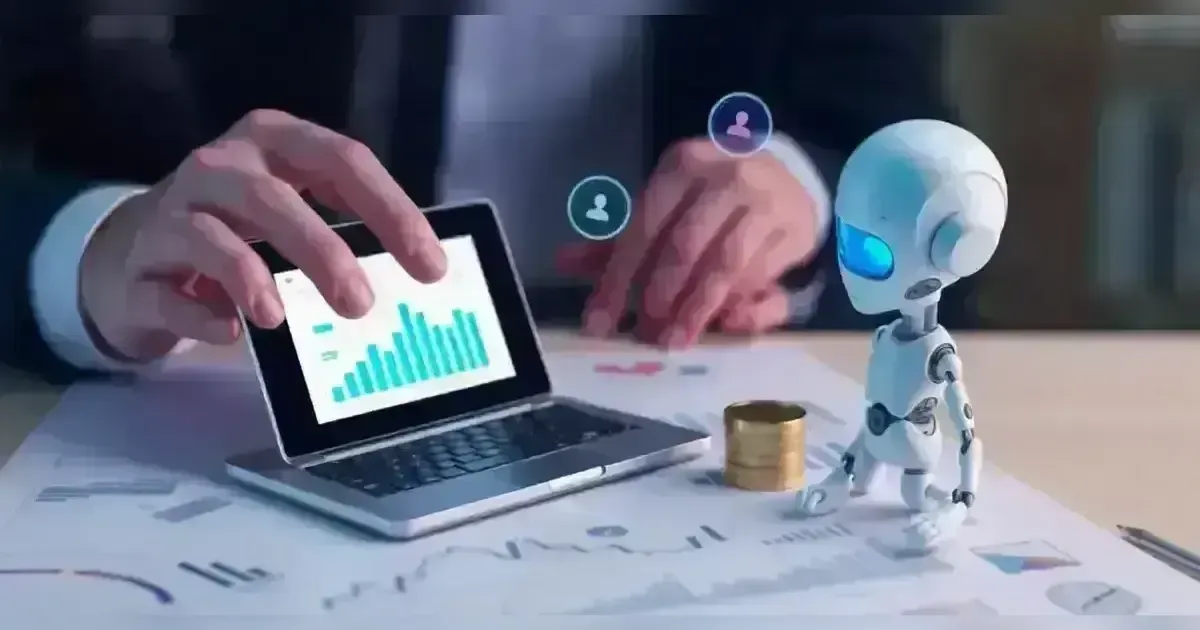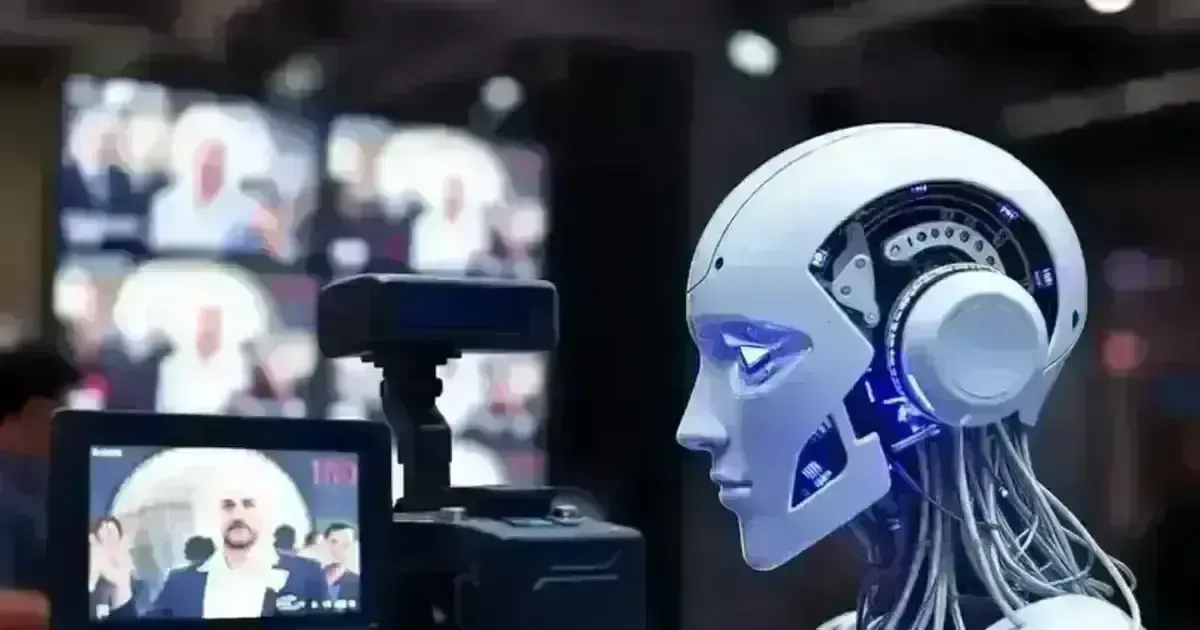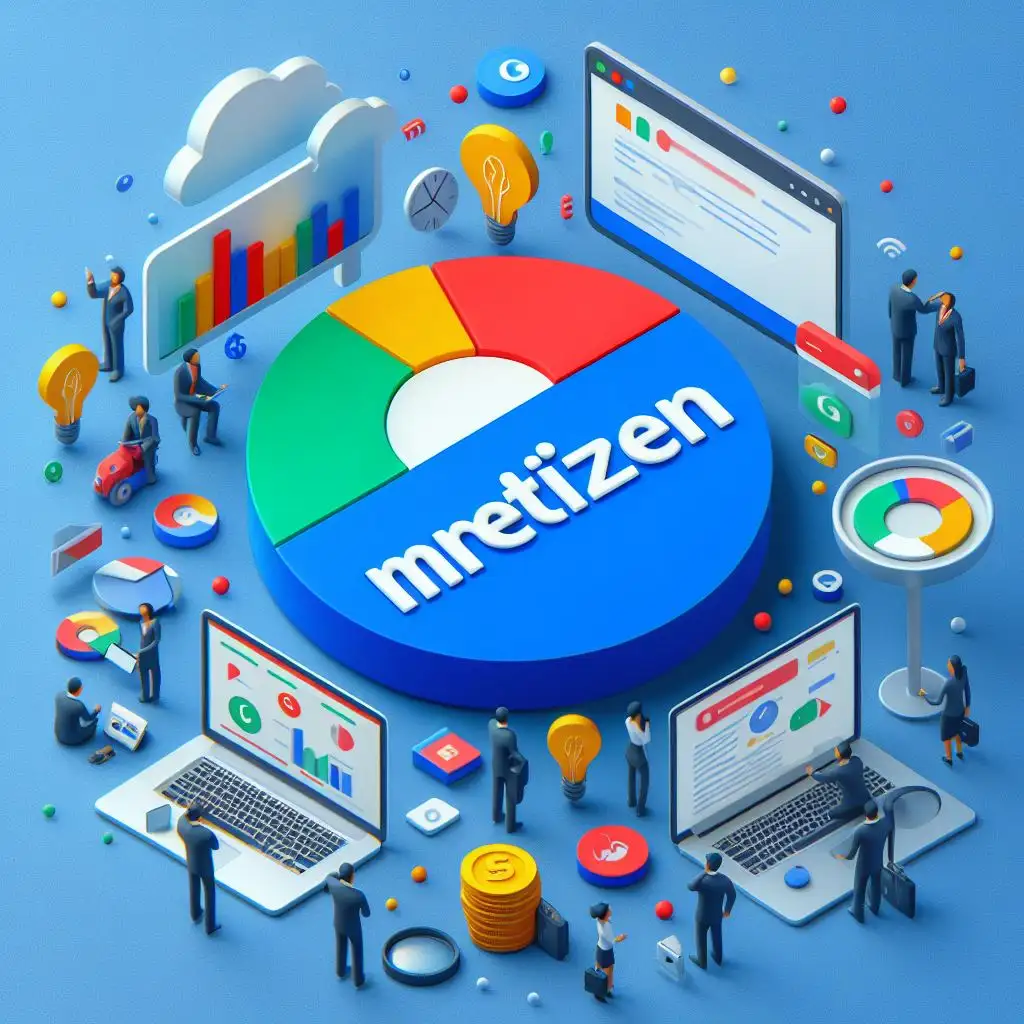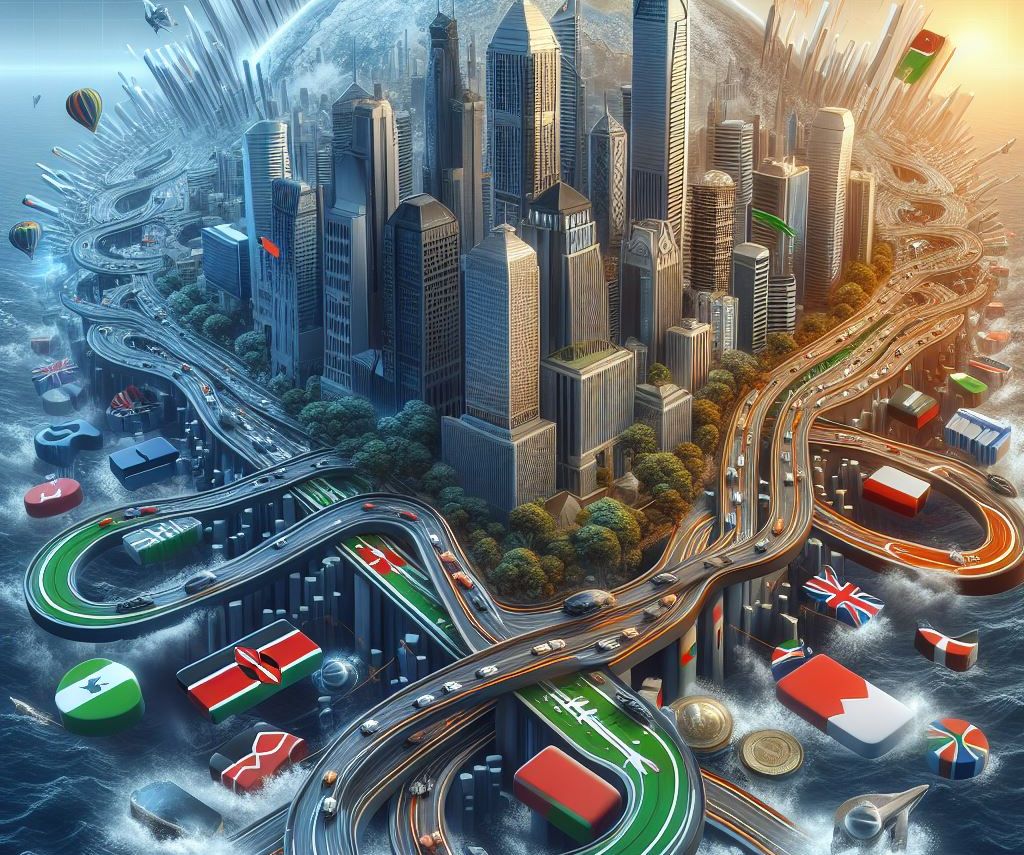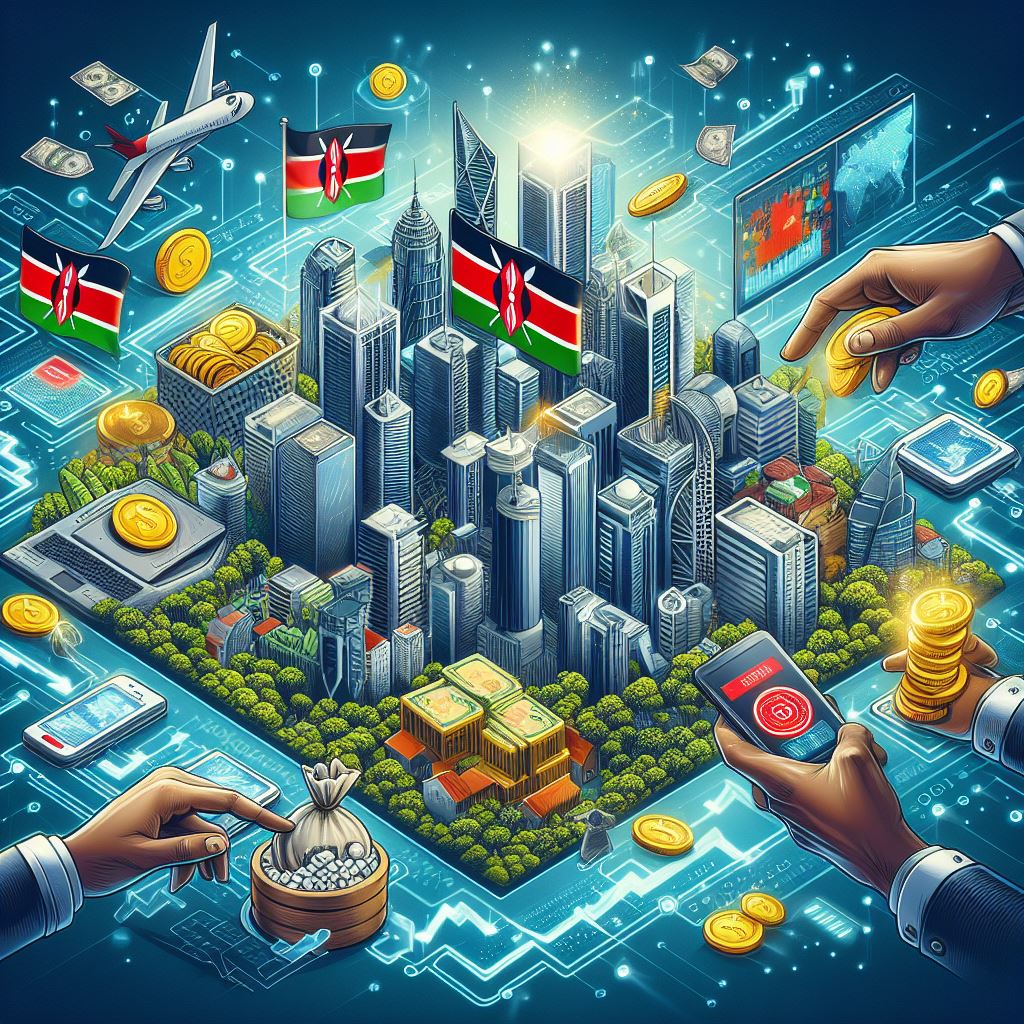Computerization and AI are changing the worldwide economy, making both openings and challenges. Whereas boosting efficiency, they raise concerns around work uprooting, disparity, and moral suggestions.
The Future of Work: How Automation and AI Are Shaping the Global Economy
Introduction
Moving into the mid-2010s computerization and Counterfeit Insights (AI) are inventive and growing over nearly all viewpoints of society and maybe most altogether within the domain of work. Such technological developments have already been shown to be starting to reform industries, and change characteristics of employment and job availability. The future of work is not about human workers mechanizing tasks that have been automated; it is about machines and analytics working with/instead of man. This evolution is ushering in changes that implies opportunities and risks for business, employees and governments globally.
Here, we would like to present the question of how the automation and use of Artificial Intelligence affects the global economy, the employees as well as society in general. We shall also consider advantages and drawbacks of the digital revolution, particular sectors involved, and impacts on employment, learning, and public policies.
1. The Rise of Automation and AI
Robotization alludes to the utilize of innovation to perform errands that were once done by people. AI, on the other hand, could be a subset of mechanization that includes machines learning from information and making choices without human mediation. Over the past few decades, the rise of robotization and AI has been driven by propels in machine learning, mechanical technology, and information analytics. This move is being fueled by the developing request for effectiveness, taken a toll lessening, and expanded efficiency over all divisions.
Computerization has as of now been broadly embraced in businesses like fabricating, where robots have supplanted people in monotonous assignments on get together lines. AI is getting to be predominant in areas such as fund, healthcare, and coordination, where calculations can analyze endless sums of data faster and more precisely than people. Within the coming a long time, this drift is anticipated to grow to indeed more zones, from self-driving cars to personalized healthcare medicines.
The rise of computerization and AI isn't fair restricted to huge businesses and businesses. Numerous little and medium-sized endeavors (SMEs) are moreover receiving computerization to streamline their operations and stay competitive in a fast-evolving advertise. The fetched of executing AI and mechanization innovations has diminished altogether, making them open to a broader extend of companies.
2. The Impact on Jobs and Employment
Probably the most critical concern about automation and AI has to do with jobs. There are two major schools of thought: one optimistic, which maintains that new technologies will create new jobs, and the other rather pessimistic, which foresees massive job displacement and equality.
On the bright side, automation and AI in development will create jobs that are new in kind, particularly in areas such as data analysis, cybersecurity, machine learning, and AI maintenance. For example, while robots may replace workers in manufacturing, it still requires skilled technicians to design, operate, and maintain the robots. In turn, AI systems would be needing human supervision, and new industries developing concerning development, deployment, and regulation of ethics with respect to AI would spring up.
However, most experts agree that the pace of adopting automation and AI will most likely outstrip the creation of new jobs; in low-skilled, routine jobs, automation has already started to replace them, especially in manufacturing, retail, and transportation, and is likely to continue. Within the next two decades, an estimated 40% of all jobs in the United States could be automated. Many of these are low-skilled jobs, demanding little training or education, including cashiering, data entry, and some kinds of manual labor.
Moreover, automation can further increase income inequality. As long as machines take over the industries in which people are employed, workers in low-income and low-skilled jobs are the first ones to be affected. At the same time, people with advanced technical skills, such as AI programmers or data scientists, have all chances of seeing their earning potential grow. Such a distinction in earnings may create a split in the labor market, where unskilled laborers will have fewer opportunities for employment.
3. The Changing Nature of Work
Taking into consideration the global trend of using artificial intelligence and automation many tend to focus on the loss of employment but what we fail to account for is how AI, automation alters not only what work looks like. The role of collaboration between man and machine and AI systems is expected to rise and that will pose new demands on human workers.
For example, in healthcare and education, it means that more advanced industries AI can enhance its work in analyzing data of certain patients or helping organize individual learning paths for students. But even these tasks demand human intuition, empathy and ability to interact with other people. An example is a nurse may use an AI system to manage the health check of a patient but the same nurse needs to spend time with the patient to console him or her. Likewise, while AI is likely to help tailor learning to specific individual needs, it will not teach content, develop critical thinking abilities, creativity, and the blossoming of character in students.
Organizations and clients will definitely embrace human and machine collaboration since this is the future pertinent model to enhance efficiency. This will mean that the worker will be required to embrace professional flexibility characterized by willingness to learn different skills such as technical skills, data skills, as well as critical thinking and problem solving in advanced systems. Continuing education is going to remain a core competency development stage since the modern workplace always changes, and staff must adapt.
4. The Economic Benefits of Automation and AI
In spite of the concerns encompassing work misfortune, mechanization and AI offer critical financial benefits that may drive by and large development and success. One of the foremost noteworthy focal points is the potential for expanded efficiency. Machines can perform dreary assignments more proficiently than people, liberating up specialists to center on more inventive and strategic endeavors. For illustration, within the fabricating segment, AI-powered frameworks can anticipate when machines will require upkeep, decreasing downtime and progressing by and large effectiveness.
Besides, robotization can offer assistance businesses decrease costs, which might lead to lower costs for shoppers. In businesses such as agribusiness, computerization permits for exactness cultivating, where AI-powered machines can optimize the utilize of water, fertilizers, and pesticides, progressing yields and diminishing squander. In coordination’s, AI can optimize conveyance courses, making transportation more productive and diminishing costs.
The efficiency picks up from robotization and AI can moreover have positive impacts on financial development. By expanding effectiveness, businesses can deliver more merchandise and administrations at lower costs, driving to more noteworthy yield and potential for advancement. This, in turn, can lead to higher benchmarks of living and progressed financial conditions.
5. The Challenges of Automation and AI
Though the success of automation and AI is clear from the fact that they bring about various economic advantages the challenges associated with them need to be addressed in order to provide a level playing field to the common man. Some of these are; there is the question of skills development in the economy to meet the technology set skills required to succeed in new job markets. Due to continuing advances in AI and robotics, the demand for cognitively advanced skills in information processing will grow and entail data scientist, AI specialists, and machine learning personnel. It is incumbent upon the governments and the business to continue to spend on education and training for workforce in anticipation of the future of work.
The other risk factor to embrace is the possibility of loosing jobs. With the emergence of new jobs in certain industries some of the workers will get opportunities to shift to the new jobs. This could lead to, for example, dramatic income disparity between technological skill possessors and the rest of the population, or discharge of masses from workplaces in favor of robotic or artificial intelligence personnel. Governments will have to look at the policies that will help workers navigate through this change by providing for them basic income, helping them find other training opportunities and ensuring there are buffer systems like affordable healthcare, free schooling for their children among others.
Another business area that raised ethical issues is automation and AI. This is a call for questions regarding data control and use, regarding algorithms and how they might be biased, regarding AI and who or what is responsible for it. There is increasing pressure in emerging numerous artificial intelligence technologies, which should be executed quickly, responsibly, and rightly to avoid the reproduction of unequal or discriminative models.
6. The Role of Government and Policy Makers
Given that automation and AI continue to set the direction of the world economy, therefore, governments and policymakers will be major to ensuring that the gains derivable from these technologies accrue to everyone. Some of work will be to servicing workers who are impacted by automation, raising the demand for education and training the workforce, and in moderating the use of AI techniques to being moral and appropriately applied
This would also mean that governments will have to implement corresponding policies to address the economic dislocation caused by automation. An important proposal that has been put forward in this regard is universal basic income whereby all citizens are guaranteed a certain income irrespective of whether they work or not. UBI remains a debated issue but certainly one such mechanism that directly conveys the challenges thrown up by automation and changing nature of work.
Conclusion
Automation and AI are rapid drivers of change in the future of work-a future filled with great promise but simultaneously replete with problems. While the technologies offer great benefits in terms of productivity, economic growth, and innovation, they also raise big risks such as job displacement, income inequality, and ethical worries. The solutions to the evolving automation and AI should involve collaboration among governments, businesses, and workers to maximize the benefits and address the challenges fully. It is by investment in education, reskilling, and just policies that society will be able to make sure that automation and AI lead toward a future of work that is equitable, sustainable, and prosperous for all.






